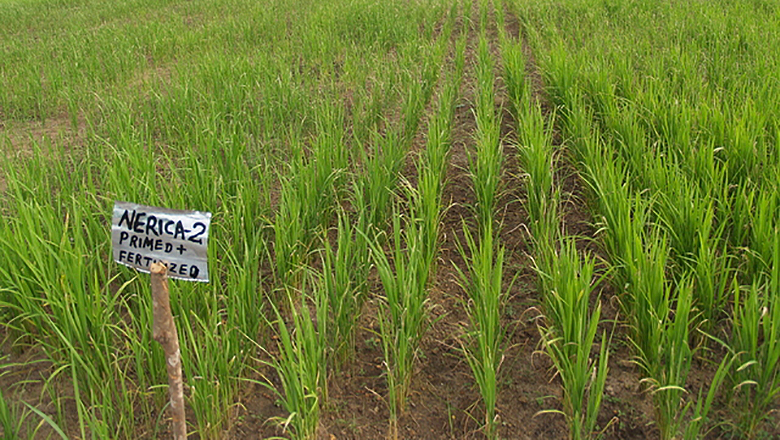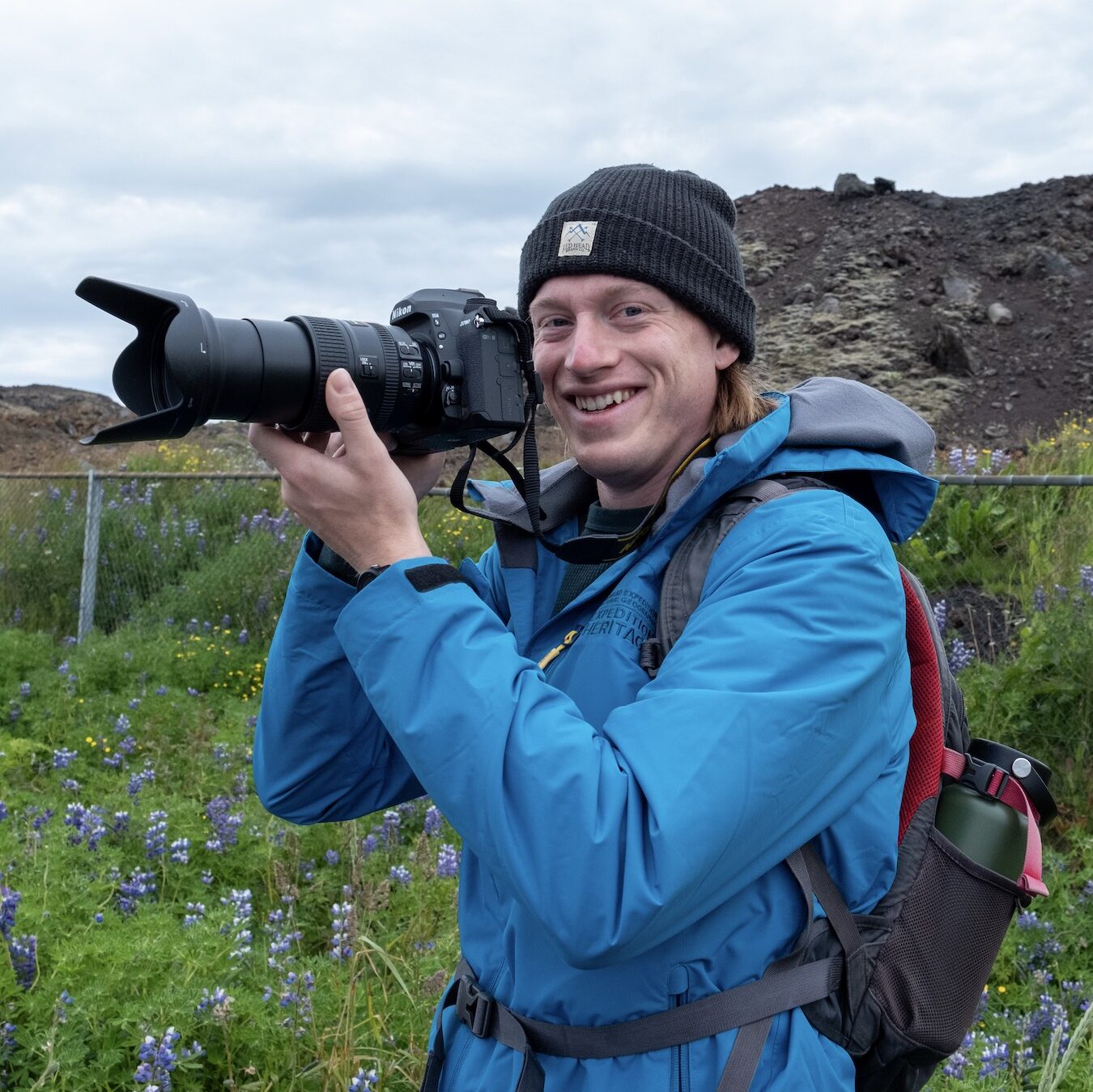
Mapping The Rice Genome: What the World Has to ‘Grain’ From It

A beautiful Friday afternoon on the University of Arizona campus means one thing to me: the Chipotle lunch palooza.
Every Friday, I casually stroll down University Avenue and am met by a line of burrito-crazed enthusiasts. After waiting what seems like an eternity, I finally order my all time favorite: a scrumptious steak burrito wrap with salsa and pinto beans. Talk about a fiesta in your mouth! Naturally, I have the tendency to scoop out and eat the best part of the burrito: the cilantro-lime rice.
Little did I know that my favorite ingredient was the basis for ingenious, mind-blowing research happening right on my campus. An international team of scientists led by the University of Arizona has sequenced the complete genomes of African and Asian rice. Those rice genome maps, and the new rice strains that come from them, may be a key reason that much of the world has enough food to eat in 35 years.
Rod Wing, director of the Arizona Genomics Institute and member of the UA’s BIO5 Institute, and his group specialize in developing “genome maps” – tools that provide scientists and agriculturalists information that helps them understand the structure of the genome. The genetic information they produce allows scientists to better understand the growing patterns of rice species, and provides a starting point for creating new rice varieties that can withstand environmental stressors and ultimately help eliminate global hunger challenges.
The complete mapping of African and Asian rice genomes allows scientists to cross the two rice strains and create new varieties that mix the high yield traits of Asian rice with the hardiness of the African rice. To date, African rice has been crossed with Asian rice to create a group of new varieties known as NERICA, or New Rice for Africa.
The demand for rice is growing more rapidly in Africa than in any other region of the world, but African rice can be low-yield, while drought and nitrogen-poor soil severely restrict the growing of the more popular and productive Asian rice. The NERICA mix allows farmers to cultivate rice in new regions, expanding Africa’s ability to sustain its own rice production.
According to Wing, rice will play a key role in helping solve the “9 billion people question.”
“Rice feeds half of the world, and it’s half of the world that is going to double in 20 or 30 years,” Wing said.
“The 9 billion people question” refers to the fact that the world’s population will increase to more than 9 billion by 2050. It also suggests that much of the population will live in areas of food scarcity. According to Dave Kudrna, BAC/EST Resource Center Group Leader at the Arizona Genomics Institute, hunger is one of major negative consequences of the “9 billion people dilemma.”
“Unfortunately, food may become a point of contention — if we cannot produce enough food to sufficiently feed society, there could be global wars for food and ultimately, survival,” Kudrna said.
The research into heartier rice is still ongoing. This past year, one of UA’s partners, the International Rice Research Institute, released 3000 sequences of the world’s most informative and influential rice genomes and lines. Making the data on these lines public could help for researchers identify key problems that need solving to make rice grow in new places more efficiently, and help target rice breeding programs.
As I finished my mouth-watering burrito, I was aware that most (if not all) of our burning questions about how to feed 9 billion people do not have answers — yet. However, because of projects like the genome map, there is hope that future curious college students in food-scarce regions will be able to indulge in delicious rice-filled burritos.
Emilee Marie Hoopes is a sophomore in the Honors College at the University of Arizona.
Top photo courtesy of the SLARI Rokupr Agricultural Research Centre.






















